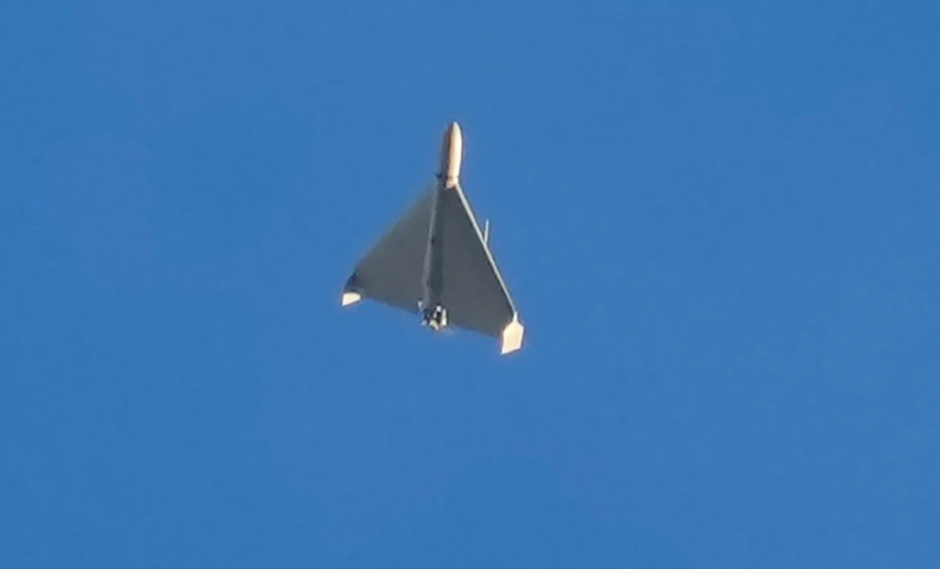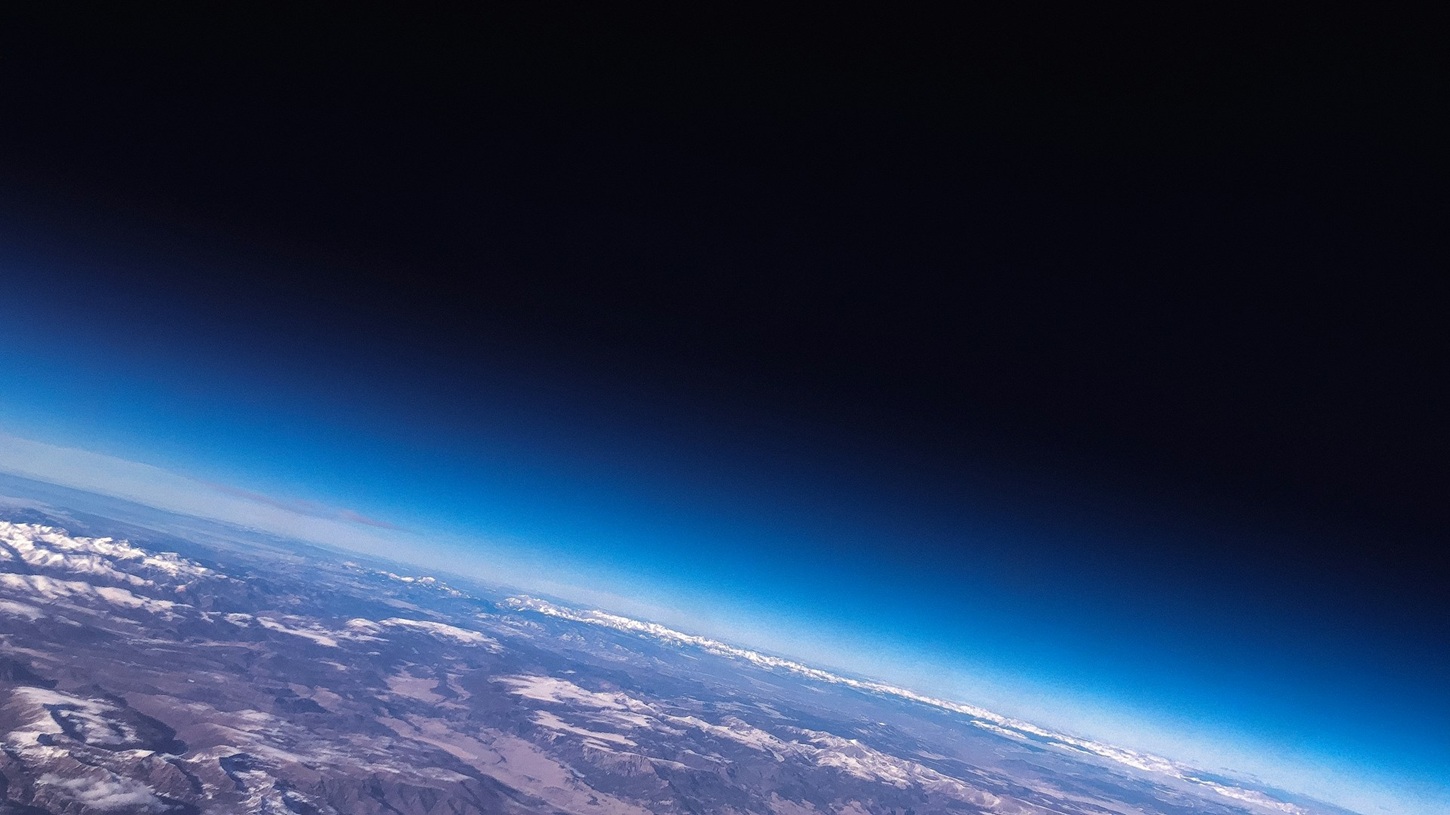Hideo Nishimura, a 72-year-old amateur Japanese astronomer who discovers comets and novae, detected his second comet on August 12, 2023. News of the new comet spread like wildfire in professional circles, as it was considered an easy target for telescopes and trajectory calculations soon showed that it promised to be The brightest comet of the year as it approaches the sun.
Predictions confirmed. The comet shines continuously, in the first week of September its brightness is already 5-6 magnitudes. If there are no unexpected shifts, it can go up to 2-3 degrees at this rate. These values can make it visible even to the naked eye under ideal conditions, but due to its small angular distance from the Sun, the use of binoculars or a smaller telescope is necessary.
The comet will be closest to Earth on September 13, at a distance of about 125 million kilometers from us. Until then, it will be visible in the early morning and later evening twilight for a few days. After its approach to the sun on September 17, there will be more unfavorable observation conditions and its detection will become impossible. Interestingly, based on the orbital elements, the researchers believe that sigma hydride may be the mother comet of the meteor shower.
The first photograph of comet AC/2023 P1 (Nishimura) was taken on September 4, 2023, in the early morning twilight. Meticulous planning and preparations–because every minute counts in such a short window of time–almost thwarted by the veil cloud, but in the end I could only catch the chimney-like comet.
Technical information:
Date: 09/04/2023 02:39-02:54 UTC
Location: Tapiopecky
total experience. Time: 13 minutes
Camera: ZWO ASI 183MM Pro
Telescope: Sky-Watcher Esprit 80/400 mm achromatic refractor
Debugger: Sky-Watcher Field Flattener
Mechanics: Sky-Watcher EQ6-R Pro GoTo
Brightness, focus: f/5, 400mm
Driving: ZWO ASIAIR PRO (Camera: ZWO ASI 120mm Mini)
Filters: Astronomik L2, Astronomik Deep Sky RGB
4 x 60s Lumens, 3 x 60s R/G/B
Gain: 111
Processing: Astro Pixel Processor, PixInsight, Adobe Photoshop, Adobe Lightroom












































